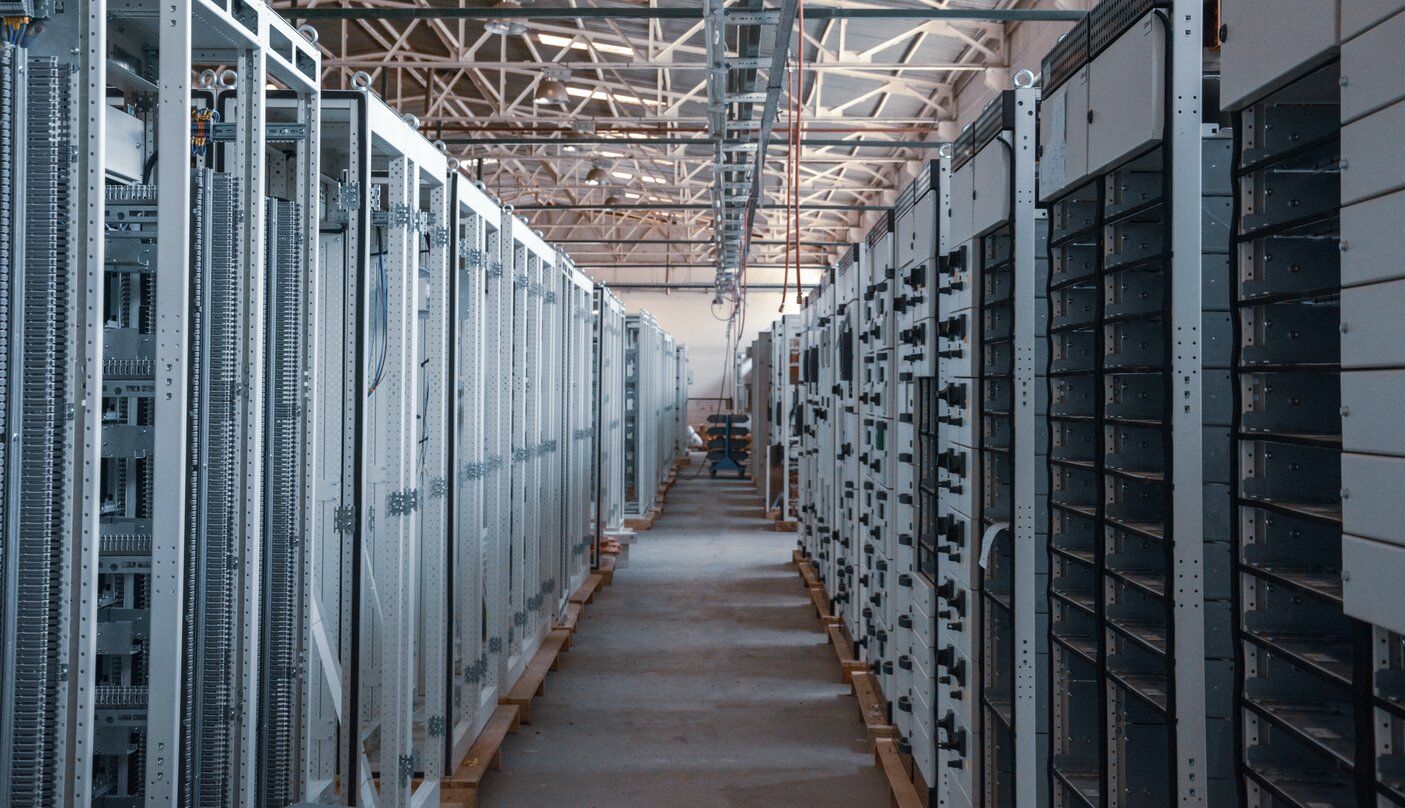No one ever said that founding and growing a startup is easy, but often it seems like the success rate in hardware is far lower than in other segments.
CB Insights brought this fact into focus in a recent article examining several recent hardware company failures and some of the reasons behind the outcomes.
“For any startup, the path toward success is brutally difficult.
We’ve tracked a tech startup’s chances of success after raising an initial seed round, including both hardware and software companies. Only 46% of them will succeed in raising even just one additional round of funding.
As hard as it is for all tech startups, it’s even more difficult for consumer hardware companies.
As the graphic shows, they have a very small chance of survival. Only 24% raised a second round compared to 46% for tech companies generally.”
There is a lot to unpack here.
On the surface, no one should be surprised that so many hardware startups fail after just one round of funding. A hardware company that needs to build, market and distribute consumer-ready physical items will need capital to make that happen. Often, the seed rounds or incubator deals that help them prove out their concept are inadequate to move the company beyond the prototyping phase.
[Read More: To patent or not to patent]
But, more importantly, hardware startups face a number of realities that are unique to this space.
The basics matter. Simple business plan line items are too often overlooked by hardware company founders. While buried in the day-to-day grind of producing physical goods, such as designing for manufacturability, sourcing materials, and wrangling distribution infrastructure, the analysis of product-market fit, customer validation, and addressable market are often neglected.
The product isn’t everything. You can’t just have a technologically innovative product, you have to have a technologically innovative product that customers want and be able to offer it at a price point that those customers are willing to pay. You could have the greatest product in your particular market and, if your Cost of Goods Sold (including manufacturing, sales costs, distribution, etc.) is more than the price your customers are willing to pay for your product, your unit economics won’t work and your business will still fail.
Scope creep is expensive. Whereas software products can withstand seemingly endless product updates and scale at low cost, do you know how expensive it is to even tweak a hardware product design after turning on manufacturing? Yeah, tens of thousands of dollars, at a minimum.
Fundraising will be a slog. While the Return on Investment for a hardware business can be large, the timelines are longer and the capital requirements are higher than for software businesses. You will need to find that rare investor (or several) who understands the specific risk-reward ratio for hardware companies.
You’re never alone. Don’t get trapped in the mindset that, just because the product you envision doesn’t currently exist no one else has tried to bring a similar product to market. Hardware founders need to do their research, because the costs of failure are high. Have there been similar products introduced to the market? Why or why not? Often, there’s a reason why that product doesn’t exist, and it behooves you to know why before you sink your time/money/effort into creating it yourself.
Your innovative product will likely be copied by someone. Hardware founders also have to fend off competitors who jump into their market, loosely copy their designs, and are able to offer a similar product at lower cost. It’s a lot more difficult to copy a complex piece of software (for most people) than it is to take an existing hardware design and reproduce a new version of it. This is a bonafide business model for some companies.
For example, my husband just bought new cycling shoes – a nice pair of Bonts. But look at these two other pairs of shoes that are currently available cheaply on Aliexpress (it’s more noticeable if you look at shoes of the same color scheme). Call me crazy, but I suspect that all of these shoes are made at the same factory, with the cheaper versions directly undercutting Bont’s designs.
Bottomline: Hardware is hard — but not impossible.
While hardware startups can be more complicated than software businesses to launch and grow, it can be done. Remember your business basics, unit economics, product design know-how, investor cultivation, and copycat defense strategies, and you can give your business a fighting chance despite the long odds.
We’re rooting for you.
Need help? At Patents Integrated we’ve been down this road with many different entrepreneurs and can help prepare your IP for the long haul. Contact us to learn more.





